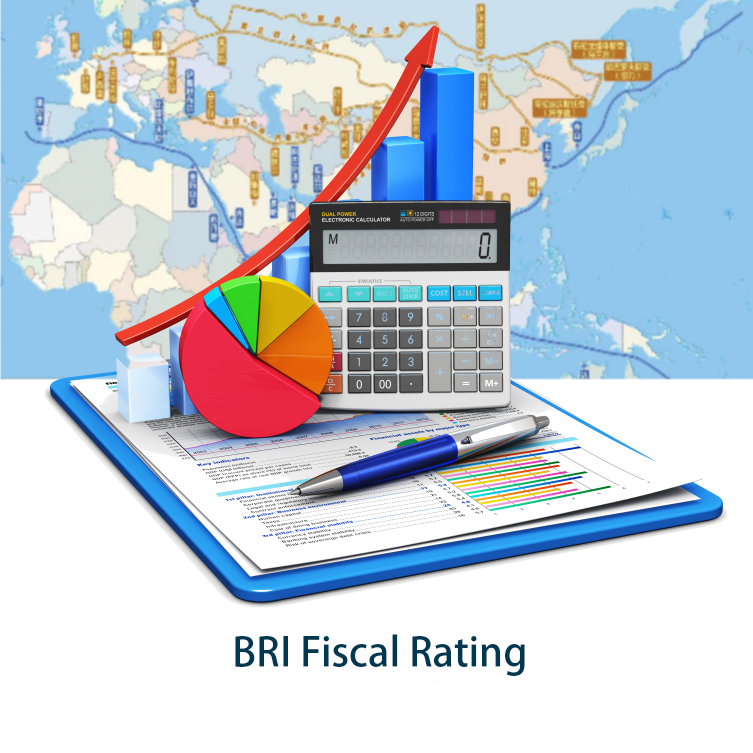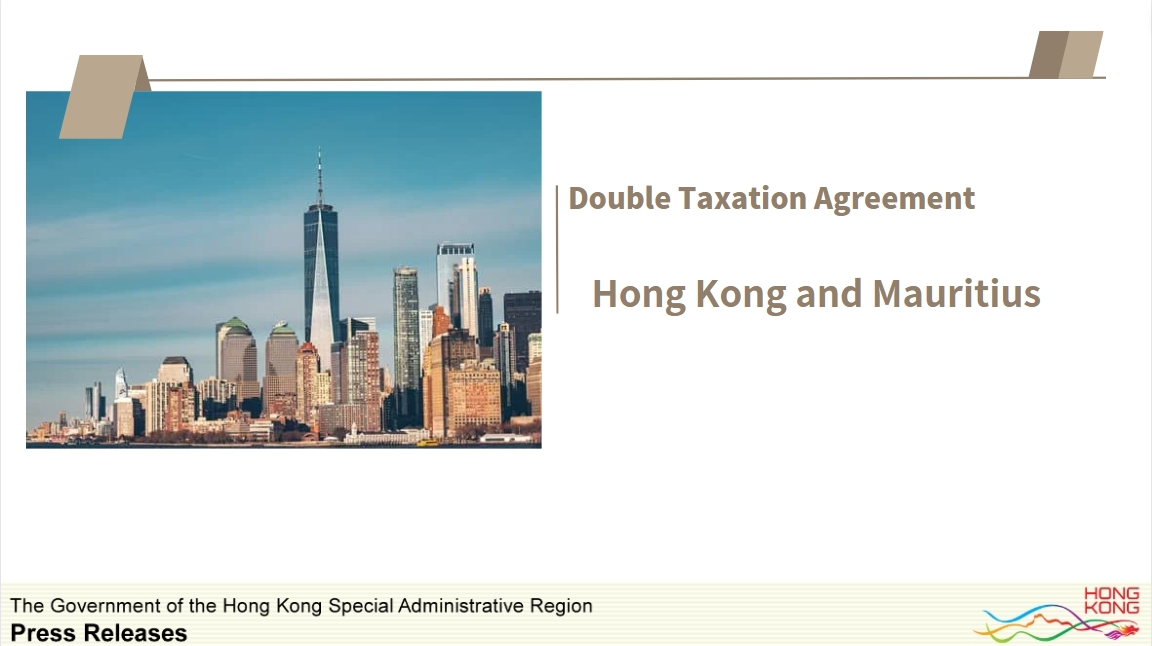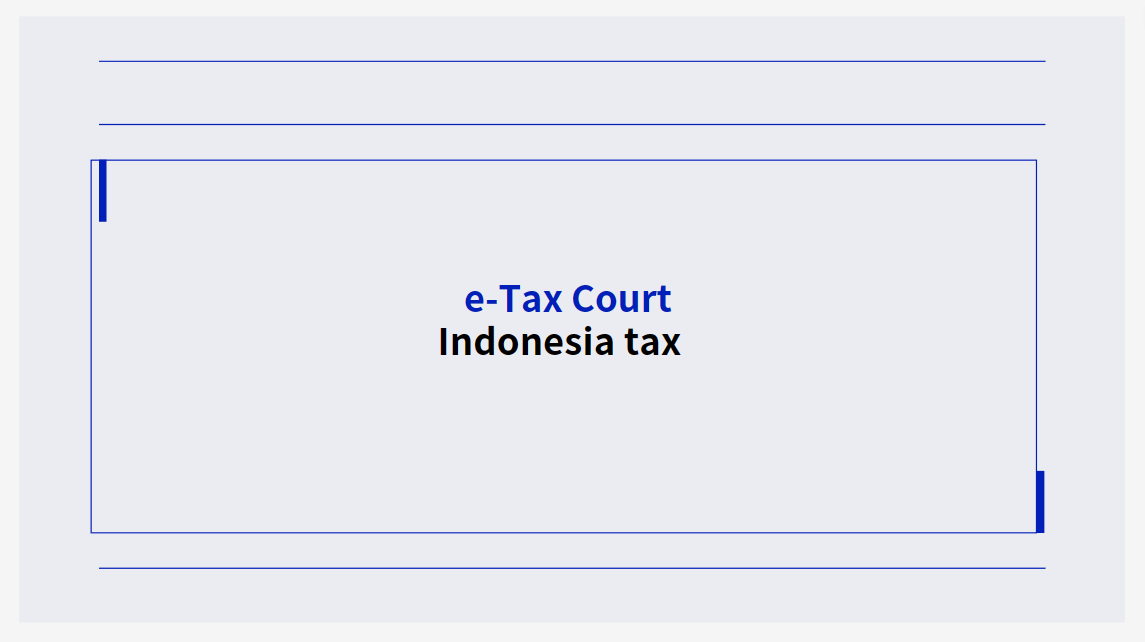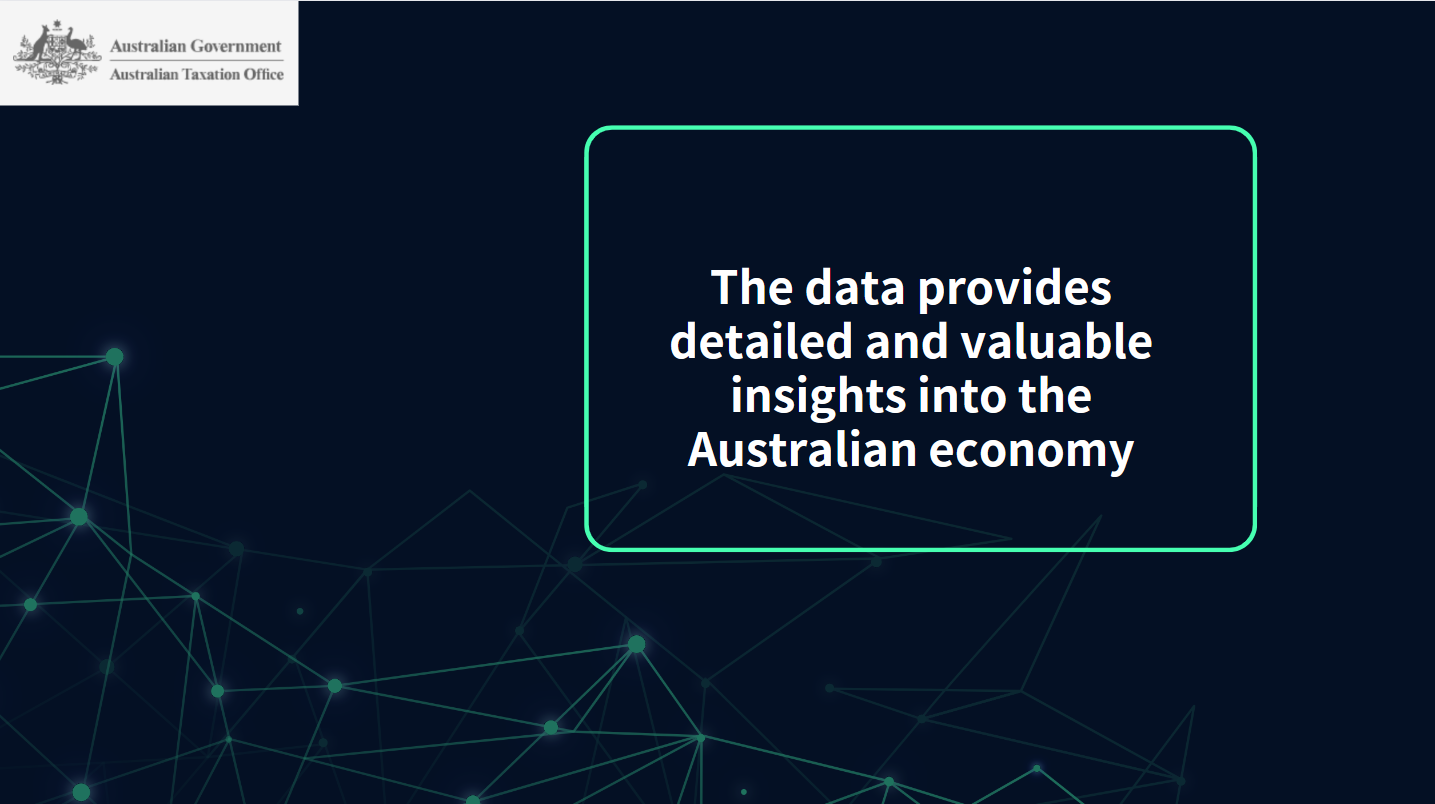MAS Launches Consultation on Coal Phase-Out Criteria under the Singapore-Asia Taxonomy
The Monetary Authority of Singapore (MAS) today launched a public consultation on the detailed thresholds and criteria for financing the early phase-out of coal-fired power plants (CFPPs) under the Singapore-Asia Taxonomy.
The inclusion of managed coal phase-out under the Singapore-Asia Taxonomy [1] aims to provide a credible standard to increase participation in projects for the early retirement of CFPPs that are aligned with a 1.5 degrees Celsius (1.5°C) transition pathway [2] . The early phase-out of CFPPs is critical to the energy transition of the Asia-Pacific region, where coal accounts for nearly 60% of power generation and about a third of greenhouse gas (GHG) emissions, and where CFPPs have relatively long remaining lifespans [3] .
The Singapore-Asia Taxonomy sets Technical Screening Criteria that apply to the CFPP facility (“facility level”) as well as to the CFPP owner (“entity level”). The Technical Screening Criteria are aligned to global science-based 1.5oC-aligned decarbonisation pathways, and takes into consideration other guidance including the ASEAN Taxonomy, and the ‘The Managed Phaseout of High-Emitting Assets’ report by the Glasgow Financial Alliance for Net Zero (GFANZ). The managed phase-out process can be considered aligned with the Singapore-Asia Taxonomy if all the facility and entity level criteria are met.
Some of the key criteria at the facility level are that the CFPP must:
- be phased out by 2040 and not have a total operating duration exceeding 25 years, in line with guidance from the International Energy Agency (IEA) on what is consistent with a 1.5oC-aligned decarbonisation pathway for the global energy sector;
- have positive fair economic value remaining and demonstrate verifiable emissions savings, so as to ensure that economically unviable CFPPs, which would likely have been shut down naturally, are not eligible; and
- be replaced by clean energy capacity that is at least equivalent to the phased-out electricity capacity, to prevent ‘emissions leakage’ where the closure of a CFPP is offset by new CFPPs being built or by existing CFPPs being operated at increased capacity. Where a clean energy replacement is not feasible, it is still possible to demonstrate long-term emissions savings if there are national or regional level energy grid decarbonisation plans and commitments that are aligned to 1.5°C ambition levels.
Among the criteria at the entity level are that the CFPP owner must commit to:
- no new development of CFPPs; and a transition plan which has to reach full alignment to 1.5°C by 2030.
Interested parties are invited to submit their comments here by 28 July 2023.
- [1] The Singapore-Asia taxonomy was developed by the Green Finance Industry Taskforce (GFIT). GFIT has carried out three phases of taxonomy consultations, and this will be the fourth and final consultation. The Singapore-Asia Taxonomy will be finalised and launched for use after this. GFIT’s term ended in April 2023.
- [2] A 1.5oC-aligned transition pathway sets out a set of actions and measures to limit global warming to 1.5oC above pre-industrial levels. An example of such a pathway is the International Energy Agency’s Net Zero Emissions by 2050 Scenario.
- [3] “From Coal to Clean: Managed Phaseout in the Asia-Pacific” – Remarks by Mr Ravi Menon, Managing Director, Monetary Authority of Singapore, and Chairman, GFANZ APAC Network Advisory Board, at the GFANZ APAC Summit Opening on 5 June 2023























































First, please LoginComment After ~